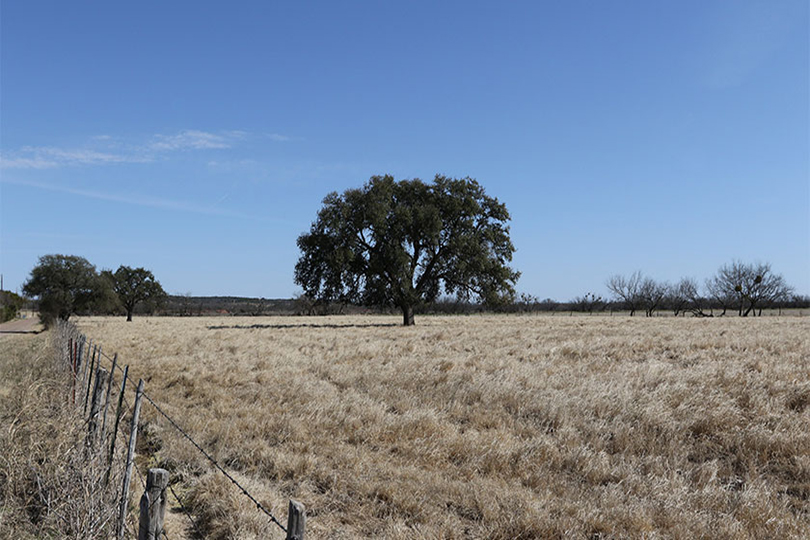By Shelby Shank
Field Editor
Texas Department of State Health Services launched its 29th Oral Rabies Vaccination Program (ORVP) vaccine bait airdrop to combat domestic dog/coyote and Texas gray fox rabies variants.
The flights began Tuesday, Jan. 10, from Edinburg and will continue for about two weeks along the southern Texas border. Additional flights will originate from Del Rio and Alpine.
Nearly 814,000 oral rabies vaccine baits will be dropped in Texas, with roughly 64-70 baits per square mile. The project costs about $2 million and is funded by the state of Texas and U.S. Department of Agriculture Animal and Plant Health Inspection Service/Wildlife Services.
Airplanes will fly 500 to 1,000 feet above ground level with 8-12 flights occurring per day.
“Our goal is to vaccinate wildlife, with target species being coyotes and gray foxes, along the border to maintain herd immunity and to keep past variants from being reintroduced or new variants from entering Texas,” Dr. Susan Rollo, ORVP director, said. “We will be delivering vaccine baits to 18 counties this year.”
This is a continued fight for DSHS against domestic dog/coyote and Texas gray fox rabies virus variants. The first bait drop took place in 1995 in South Texas to control a rabies virus outbreak caused by domestic dogs/coyotes. Animal cases caused by this variant decreased from 122 cases in 1994 to zero by 2000.
The first airdrop vaccine bait targeting gray fox rabies virus was conducted in 1996 in West-Central Texas. The number of animal cases decreased from 244 cases in 1995 to zero in 2009.
A cow infected with the gray fox rabies virus variant in May 2013 was identified in Concho County and resulted in vaccine baits dropped in 2013 through 2015 throughout a 2,500 square mile radius around the case. No additional cases have been reported in Texas.
“The vaccine is proven safe in 60 species of mammals and birds,” Rollo said. “The vaccine cannot cause rabies in humans or animals, even if it is ingested. However, as a precautionary measure, if a human or domestic animal is exposed to the vaccine, the Texas Department of State Health Services should be contacted.”
The rabies virus is typically spread through the bite of an infected animal. If a person or animal exhibits symptoms of rabies, it is almost always fatal. Immunizing pets and livestock is critical to prevent the spread of the disease and to protect animals and their owners.
The most significant sources of rabies in Texas today are skunks and bats.

